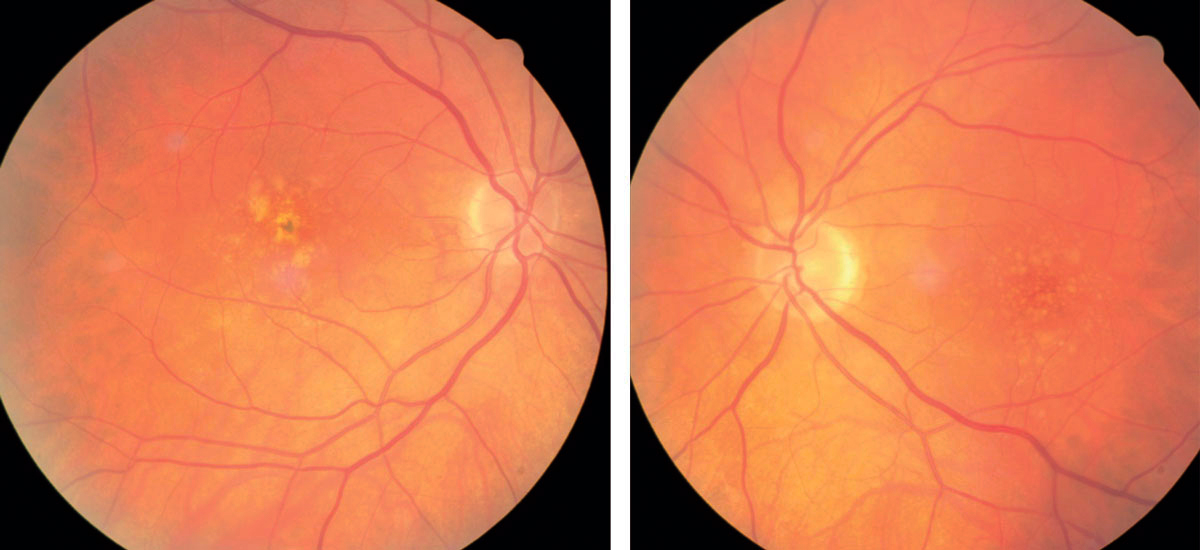 |
|
Regular use of lipid-lowering and antidiabetic drugs was associated with a lower prevalence of AMD. Click image to enlarge. |
A large-scale study recently reported that regular intake of lipid-lowering drugs and antidiabetic drugs was associated with a lower prevalence of age-related macular degeneration (AMD). However, the study authors noted in their paper that their findings may underscore the link between AMD and cardiovascular disease.
The study included 38,694 adults from 14 studies in the European Eye Epidemiology consortium.
The team reported a prevalence of any AMD in the general population ranging from 12.1% to 64.5% and a prevalence of any and late AMD ranging from 0.5% to 35.5%. The meta-analysis revealed that lipid-lowering drugs and antidiabetic drugs were associated with lower AMD prevalence, with odds ratios of 0.85 and 0.78, respectively. Neither of these drugs nor any other medications (e.g., NSAIDs and levodopa) were associated with late AMD.
“Given a potential interference of these drugs with pathophysiological pathways relevant in AMD, this may contribute to a better understanding of AMD etiology,” the researchers wrote in their paper.
Mauschitz MM, Verzijden T, Schuster AK, et al. Association of lipid-lowering drugs and antidiabetic drugs with age-related macular degeneration: a meta-analysis in Europeans. Br J Ophthalmol. November 7, 2022. [Epub ahead of print]. |


